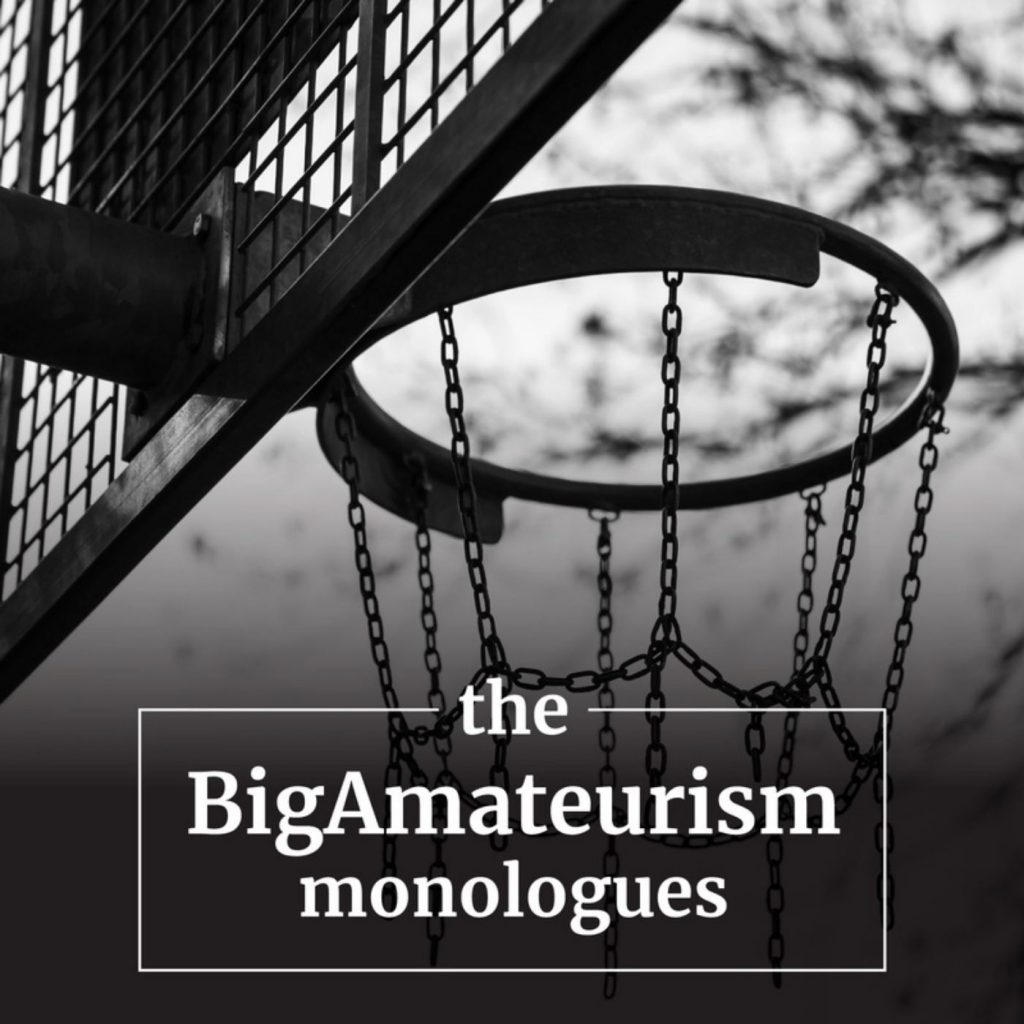Episodes
On Thursday, March 23, Notre Dame President Fr. John Jenkins and athletics director Jack Swarbrick published an op-ed in the New York Times titled “College Sports Are a Treasure. Don’t Turn Them into Minor Leagues.” Jenkins and Swarbrick invoked education, integrity, gender equity, the “thrill” of March Madness, and God Almighty to set against a “crisis” in college sports borne of (1) “the growing patchwork of contradictory and confusing state laws”; (2) “the specter of crippling lawsuits”; (3) “dubious name, image, and likeness deals through which to funnel money to recruits”; and (4) “misguided attempts to classify student-athletes as [gasp!] employees.” Fr. Jenkins’ and Mr. Swarbrick’s antidote? The elimination of the athletes’ rights movement. The op-ed had an out-of-the-blue feeling—why now?—and elicited a variety of responses. But nothing is random in the Power 5’s and NCAA’s quest to federalize their amateurism-based compensation limits and eligibility rules. The Jenkins-Swarbrick rant was part of a purposeful lobbying campaign timed to align with America’s annual “One Shining Moment” love affair with college basketball and March Madness. The media and sports commentariat missed an important “tell” in the Jenkins-Swarbrick broadside to athletes’ rights: a hearing scheduled for March 29th in the House Energy and Commerce Subcommittee on Innovation, Data, and Commerce. Gus Bilirakis (R-FL) chairs the subcommittee and is poised to reprise his noxious, racialized narratives from a September 30, 2021, college sports hearing in the same subcommittee. This episode analyzes the origins of the Power 5/NCAA lobbying campaign, its carefully orchestrated and integrated public relations campaign, the role of the media through the lens of the Jenkins-Swarbrick op-ed, and the Power 5’s renewed congressional campaign in the House.
Note: All clips in the opening montage are from a September 30th, 20201 hearing in the House Energy and Commerce Subcommittee on Consumer Protection and Commerce titled “A Level Playing Field: College Athletes’ Rights to Their Name, Image, and Likeness.” Gus Bilirakis (R-FL) is the speaker in the final clip.
The Third Circuit Court of Appeals heard oral argument in Johnson v NCAA yesterday. In Johnson, Division I athletes seek employee status and benefits under the Fair Labor Standards Act (FLSA). The FLSA governs hourly workers, minimum wage, and overtime issues. The NCAA contends that athletes cannot, as a matter of law, be employees under the FLSA because they are amateur “student-athletes.” This episode analyzes the oral argument and what it may portend for athletes and broader athletes’ rights issues.
The Transformation Committee’s final report and rollout centered on the “New Holistic Model for Student-Athletes.” That newly coined marketing phrase is a smoke screen for athlete “benefits” that are neither new nor materially beneficial. The athlete “benefits” outlined in the report are predicated on the benefit structure of Power 5 Autonomy legislation in 2014. In this episode, I compare the Transformation Committee’s “new” athlete benefit package with Autonomy legislation and a May 23rd, 2020, letter the Power 5 conference commissioners sent to congressional leaders in support of protective federal legislation that would have essentially ended the athletes’ rights movement. I also analyze how the Transformation Committee cleverly weaves into the benefits framework two crucial limitations on providing these “new” benefits.
On January 3rd, the NCAA Division I Board of Directors Transformation Committee (TC) released its final report. Far from providing “transformative” change, the final report is a case study of bureaucratic misdirection and Power 5 indifference to the needs of athletes. The TC’s high-power spin doctors navigated the Committee’s public misdirection campaign from the very start. Soon after, the NCAA’s and Power 5’s lawyers joined the discussion to frame and control all aspects of the Committee’s work on “student-athlete benefits and support.” Not to be left out, the invisible hand of the NCAA’s/P5’s silk-stocking lobbyists left its mark through the integration of the NCAA Board of Governors Subcommittee on Congressional Engagement into the work of the TC. In Part I of this series, I discuss the history of the TC and some big-picture issues. In Part II, I will break down the report itself.




